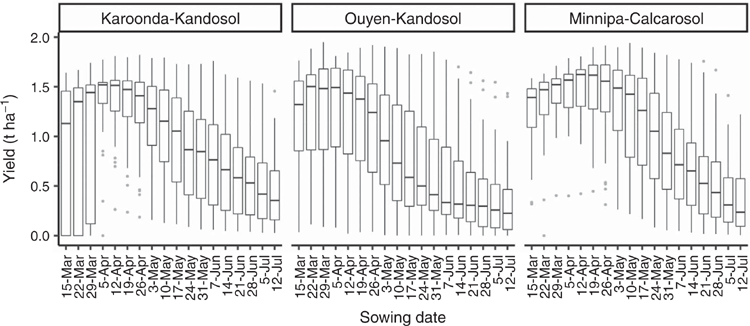


Should a bank not perform satisfactorily, the Bank of England has a range of powers, such as requiring the bank to take action to strengthen its capital position within a certain period of time. With larger and more risky banks needing to carry more loss absorbing capital. Banks have always been required to hold a minimum amount of capital to absorb losses, but from 2016 how the Bank of England looks at stress test performance is changing. This scenario will look at risks that are unlikely to happen but are still a concern, for example what might happen if a large bank fails. The second will be an exploratory scenario every two years. The annual cyclical scenario could include falls in output or house prices or increases in interest rates or unemployment. The first will be a yearly test of shock scenarios of different levels of severity, based on the UK current economic cycle. The Bank of England then ensures that should these situations occur, banks hold sufficient capital to meet unexpected losses.įrom 2016, we will use two ‘what if’ scenarios to test banks. We do this by stress testing banks, against various hypothetical scenarios. Here at the Bank of England, we need to keep an eye on how banks would cope with difficult economic situations. Hi my name is Noor and I work at the Bank of England. News and publications Open News and publications sub menu.Option-implied probability density functions Gross Domestic Product Real-Time Database

The PRA’s statutory powers and enforcement
#Quickbooks enterprise 2019 variable yield code
Money Markets Committee and UK Money Markets Code Greening our Corporate Bond Purchase Scheme (CBPS) Operational resilience of the financial sectorĬovid Corporate Financing Facility (CCFF) Financial market infrastructure supervision


 0 kommentar(er)
0 kommentar(er)
